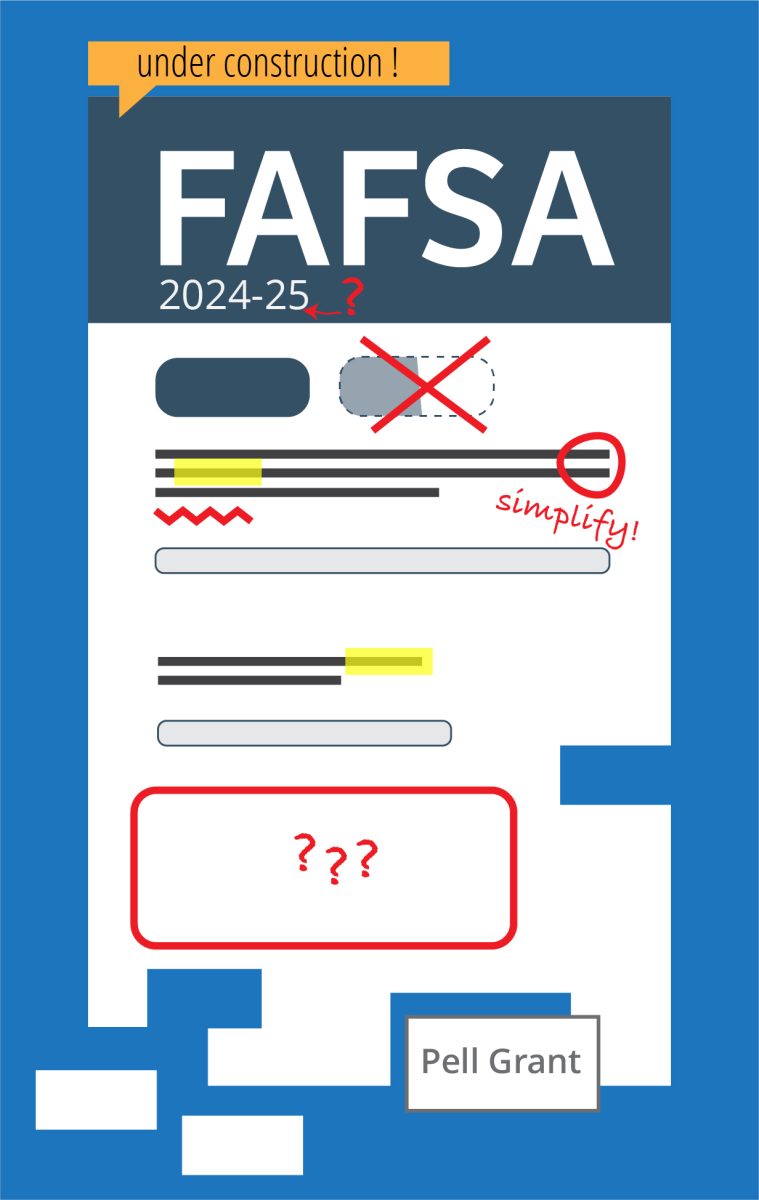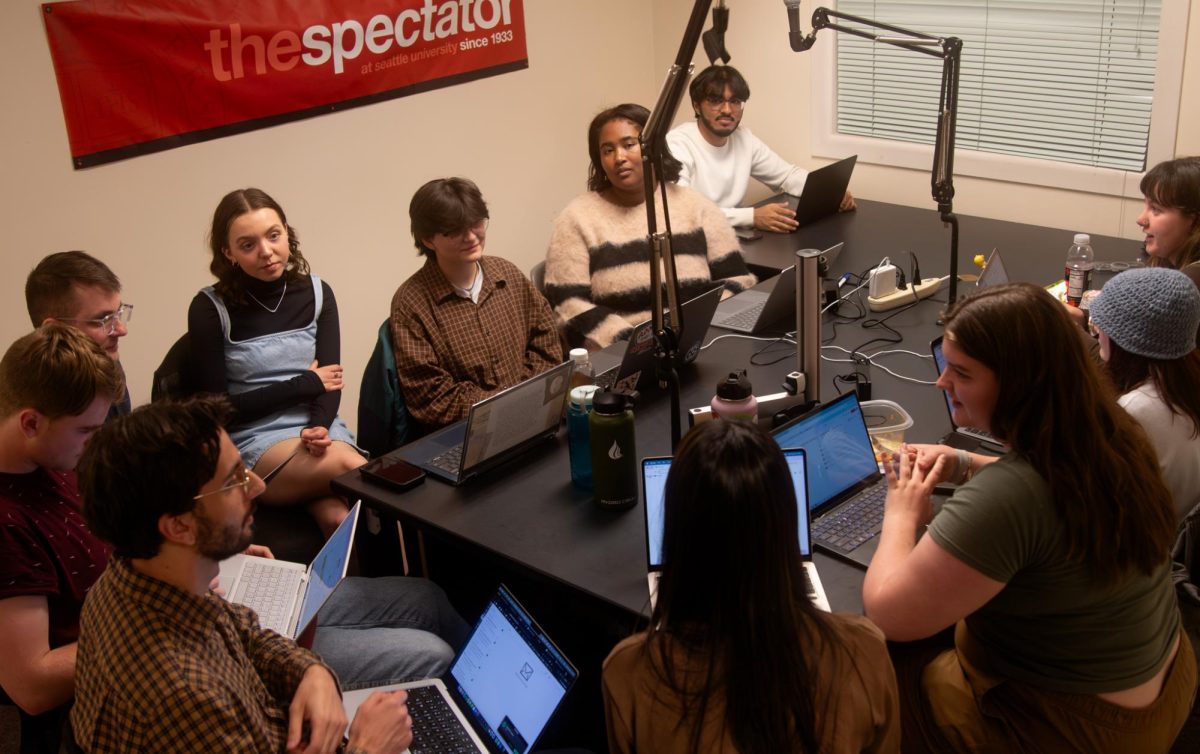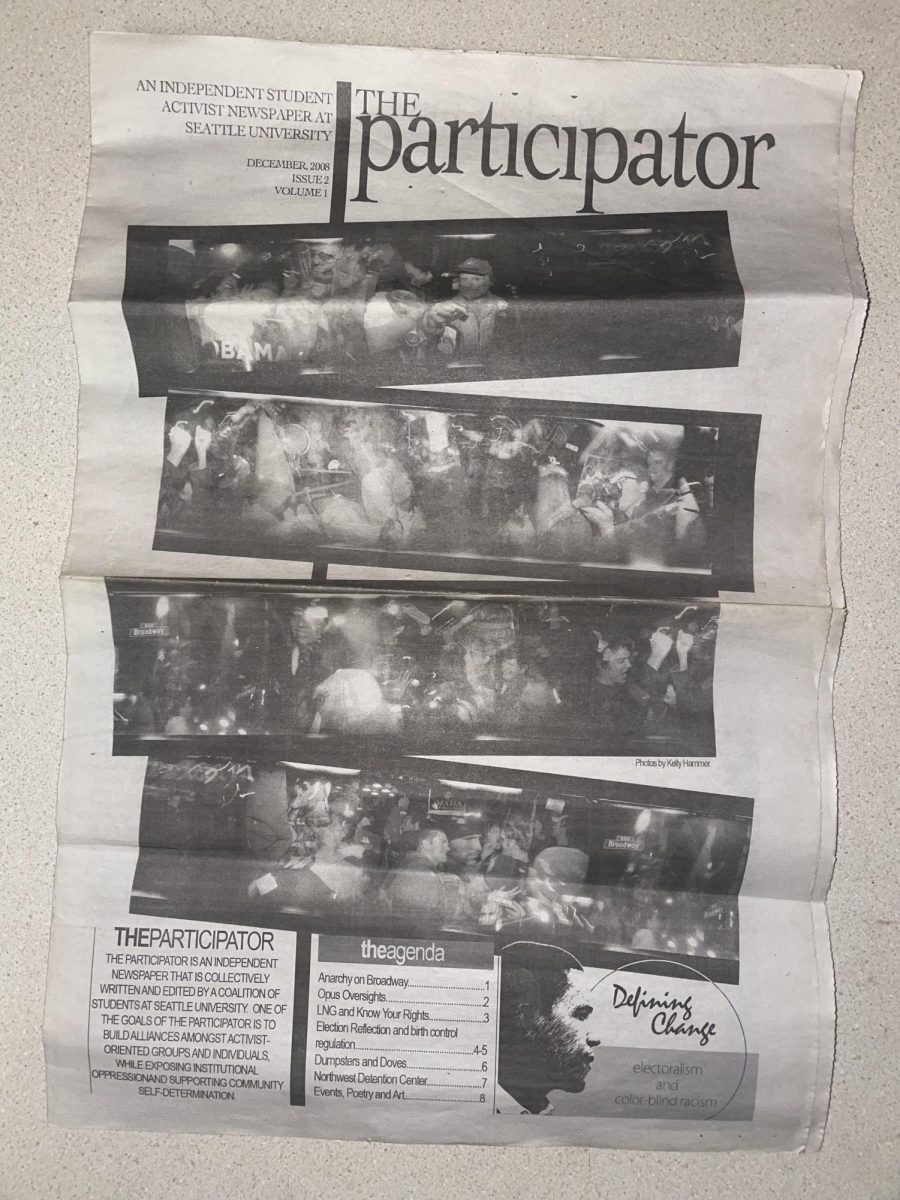Tuesday, Jan. 30, the U.S. Department of Education (DOE) announced that there would be yet another delay in this year’s turbulent FAFSA rollout. Initially, the department had planned to send out financial aid offers for students in Jan. but has now delayed that information’s release until at least early March.
According to The Washington Post, the department has been scrambling to amend an error as they did not calculate correctly for inflation in a stretch from April 2020 to April 2023 of the Consumer Price Index (CPI).
With these mismanagements, students who need FAFSA to access government money to help cover the cost of school through federal loans, work-study, and Pell Grants for low-income students won’t know their potential aid until much later in their potential decision window, also tightening their potential dates for decisions for where to go. These changes hold significant barriers over students’ college experience.
When the form was first released as a soft launch in December, there were only very short windows for Dec. 30 and Dec. 31 before gradually opening from 8 a.m. to 8 p.m. a few weeks ago. After that, students only had until February 1st if they wanted to meet the priority deadlines at Seattle University.
There has already been coverage of the new rollout here at The Spectator.
Some of those who could provide answers to the questions were Assistant Provost of Student Financial Services (SFS) Jordan Grant and Amber Brockel, the assistant director of student contact and communications for SFS.
They have been waiting on new data to become available to SFS by next week, which will then be factored in by the team.
“Normally we would have most aid packages in January, so students would have January to April to make their decision [about attending Seattle U]. Right now, regardless of when you apply to Seattle U, you’re going to have the month of April basically to make the decision,” Grant said.
The shortened amount of time a prospective student has to make their decision on where they want to go, and who might be offering them the best package, may be anxiety inducing due to the delay. In light of this development, SFS is responding to these changes and doing what they can to prepare as they wait for more information to come.
“We’re doing a lot of things to get prepared for the eventuality, and that is planning. So Amber is planning incoming student appointment times. We’d have four months to do those, and we now have four weeks,” Grant said.
With such a condensed schedule now, there has been a sense that everything needs to be in order for when that new data arrives and how that will play into the offers and how they will impact those.
“We are doing our system set up, everything we can do to get ready for the new Institutional Student Information Record (ISIR), that’s something all the financial aid offices deal with, ” Grant said. “We’re doing a lot to process that and right now. We have three test files that the DOE has released for us, and we should get more next week also.”
Angelina Spitzauer, a fourth-year biology major, believes these changes might potentially have a negative affect on campus life.
“Right now SU, in full transparency, is going through a weird time. After COVID and everything, we’re not doing great with money and I think it’s going to affect the campus. Our classes might get smaller, not as many students might enroll, and overall we’re going to have to find ways to compensate for that, which is going to really hurt the students,” Spitzauer said.
The questions have been coming in gradually from parents of first-time students navigating FAFSA,but Brockel thinks that more parents will begin to inquire sooner.
“A lot of the calls we’re getting are about filing the FAFSA, with general questions about ‘How do I get past this point?’, or others that have submitted and are just worried that we haven’t gotten it, which we don’t know yet because we haven’t gotten any FAFSA information. Or maybe they made a mistake and they want to make a change or a correction, which they still can’t do until mid-March when the data is released to the schools. I do foresee as we inch closer to Decision Day (May 1), more families reaching out worried about being able to afford it,” Brockel said.
Brockel hopes more students will show up at the upcoming FAFSA workshops.
“We had several students that turned out last Friday. Out of those students we were able to help the majority of them get their FAFSA submitted, so that was awesome, and a few still might need help.We’re hoping as we get closer and closer to decision day and [as] students are getting more anxious about finding out their financial aid awards that we’ll have more students who will come into those workshops and get help, even if it’s one question,” Brockel said.













Melanie Sumersille
Feb 17, 2024 at 12:17 pm
Great read! Very helpful
Gene Zalbert
Feb 15, 2024 at 1:48 pm
Excellent article!!